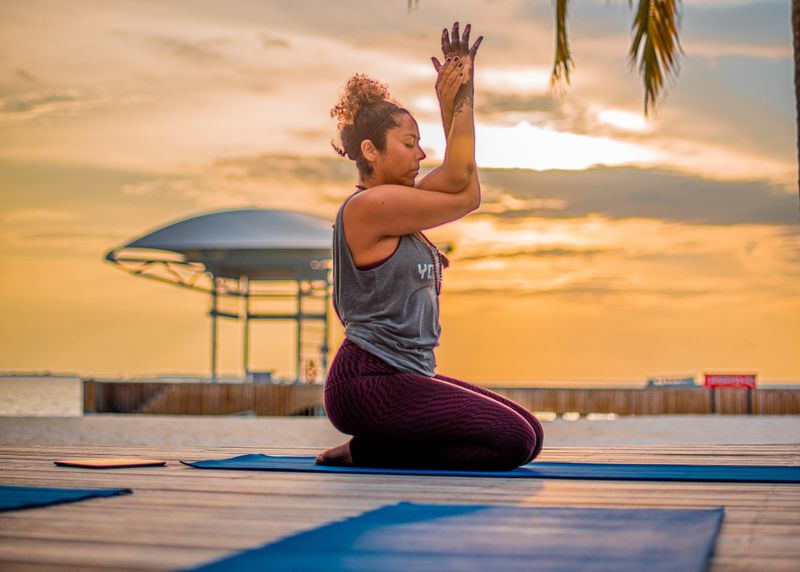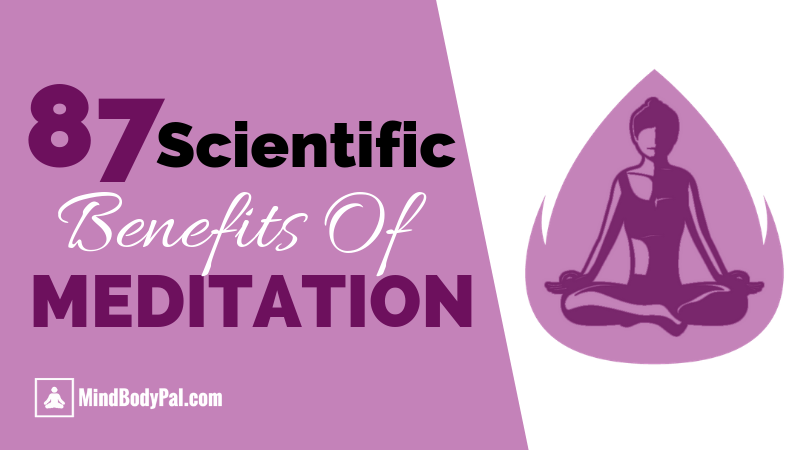
Yoga with dogs can be a fun experience for both you and your dog. While your dog might not like the pose as much as you do it, it's still fun to watch. The more agile and large breeds your dog is, the more likely they will do the poses. Here are some basic positions you can practice together with your dog.
Puppy Paw Mudra
Puppy Paw Mudra is a wonderful yoga pose that connects you and your pet dog's energy. This involves kneeling down in a child's position and extending your hands over the dog's paws. Then, lean forward while pressing your palms into your dog's paws. You should keep this position for at least 2 minutes before you can move onto the next pose.
Although Puppy Paw Mudra might not be the traditional dog pose, it is easy to adapt for your pet’s daily routine. Puppy Paw Mudra can be used to calm your dog. You can also hold your hand against his front paws to turn his head. This pose is great for bonding with your dog.
Downward dog pose
The basic inversion of the downward dog is a great place to start for beginners. This pose strengthens the whole body by stretching the back. This pose helps to relax neck tension and improve focus. To perform this yoga with your dog you will need to kneel with your fingers spread open. Next, bend your knees to bring your hips toward the wall. Next, straighten your legs slowly. The right leg can be lifted up. You can reach through your heel to rest your hand on the back of your lower back. You can keep this position for five to six minutes.

If you want to practice yoga with your dog, it's important to make the practice as safe as possible. Downward dog can be difficult and uncomfortable. While a shaky dog might not feel comfortable, a strong canine will ensure that you are comfortable throughout the exercise.
Dogs that are inclined downward
Downward Dog is a yoga position that helps strengthen the feet and ankles. It also strengthens the small stabilizing muscles of the foot, which is important for those who run, walk, or hike. You should feel your legs relaxed and flexible as you stretch them in this pose. To make the stretch deeper, pedal your feet.
This yoga pose has a energizing effect that is also beneficial. It strengthens your ankle and wrist joints and protects them against over-stretching. It increases blood circulation, which can improve immunity and regulate blood pressure.
Downward dog resembles a push-up
While many people mistake downward dog for a push-up, this yoga pose is not a push-up. It is actually a seated position where the arms and shoulders are extended forward but not backward. This helps to maintain the natural scapulohumeral rhythm of the shoulders. Hyperextension of the elbows can occur if your shoulders start to collapse.
The downward dog exercise is similar to your dog's natural stretch after rising. This pose can be practiced throughout the day, similar to stretching your dog. You will need to start by lying on the floor with your knees bent at your sides and your hands in front. Place your hands on the floor and begin to press your fingers into it.

Dogs may not be able do the downward dog pose.
Before teaching a dog how to do Downward Dog, it is important that you take precautions. While the pose is meant to be relaxing and stress-relieving, it also requires active muscle contraction. It may be difficult for a passive dog to perform this position. You may also feel discomfort due to a lower weight distribution.
This pose can be difficult for some people due to tight hip flexors, tight hamstrings, and other issues. Tightness can also cause problems with the alignment and alignment of the spine. Tight hamstrings can make it difficult for your dog to bend at the knees. An injured tendon or hamstring can cause your dog to have difficulty straightening their legs.
FAQ
How long do yoga classes last?
Most yoga classes run anywhere from 45 minutes to 90 minutes. Some teachers offer shorter or longer sessions at different times throughout the week.
What length should a yoga class be?
Yoga sessions generally last 45 minutes to one hour. The type of yoga you do will affect the time taken. 45-60 minutes should be enough if your goal is to concentrate on strength-building activities. If you are looking for relaxation or mediation, a longer time may be required.
The length of your class also depends on which kind of yoga class it is. Some classes emphasize fast, intense movements while others are slow and deep.
What kind music is played at a yoga studio?
Many yoga studios play soft instrumental music during class. This is intended to create a calm environment conducive to learning.
Other studios prefer more upbeat music, such as hip-hop, jazz, rock, etc.
Be mindful of what you listen to. Sometimes music can distract us from our practice.
Which yoga pose is the best for beginners
Beginners are often confused by the various types of yoga poses and styles.
Hatha Yoga is the most well-known type of yoga. It focuses on stretching and physical fitness. It can also be used to relieve stress and improve your concentration.
Another popular style is Kundalini Yoga which involves breathing techniques and meditation. This practice can have many health benefits, including improved flexibility, balance, and strength.
Yin Yoga offers a second option for beginners looking to calm their minds and relax. Yin Yoga emphasizes holding poses or postures for more extended periods.
Yoga involves a lot of sweating.
It depends on which type of yoga you do. Vinyasa flow or power yoga involves a lot more jumping, twisting, turning and turning. Because of this, people often sweat heavily while practicing.
Hatha Yoga, by contrast, emphasizes forwarding bends as well as twists. Most practitioners won't sweat much because these poses aren’t too strenuous.
Do I have to be flexible to do yoga?
It all depends on the type of yoga that you choose. Some styles demand flexibility, while others require strength and flexibility.
Also, yoga style dictates the level of flexibility required. Beginners may need to only stretch their arms overhead. Intermediate practitioners may need more flexibility and might have to touch their toes while bending forward. Advanced practitioners may need deep twists.
What does yoga do?
Yoga is about alignment, breath control meditation, stillness and mindfulness. If done properly, yoga can bring peace and calm to the practitioner.
Your body should be warmed up before you begin any yoga class. For example, you might do forwarding and backward bends (bending forward), side bends (bending down), twists, or side bends. These moves can loosen tight muscles and prepare your body for deeper poses.
Next comes the balancing pose called "standing." During this pose, you stand with your feet, arms at your sides, and gaze down toward the floor. Your body should feel grounded, centered, balanced, and rooted.
The next step is to move into deep stretching positions. You will need to lay face-up on the ground and extend your spine as far as you can. You can keep your balance by holding onto something sturdy to stop you falling. You can rest your hands on the ground if you don't have something to hold onto.
After performing all these poses you will be able move into a series stand poses. These are the mountain pose and warrior pose as well as the downward facing dog, upward facing dogs, plank pose and last pose.
It is important to slow down and breathe deeply when you do yoga. Deep breathing can not only clean your lungs, but it also calms your mind. This can be done by focusing your inhales or exhales. Try counting every time your take a deep breath.
Yoga can be done anywhere, even while you cook. Just follow the same steps above, but sit upright instead of lying on the ground.
You can start with only 10 minutes per day if yoga is new to you. Yoga can be beneficial for anyone, regardless of age.
Statistics
- A 2020 review of 27 studies (1,805 total participants) of yoga interventions in children or adolescents found reductions in anxiety or depression in 70 percent of the studies, with more promising results for anxiety. (nccih.nih.gov)
- The American Psychological Association recently shared that 84% of American adults feel the impact of prolonged stress (5). (healthline.com)
- Lock in 25% off your Founding Member rate. (corepoweryoga.com)
- According to calorie estimates calculated at Harvard Medical School, the average 125-pound person burns about 120 calories in a half hour of hatha yoga, and a 185-pound person burns about 178 calories in that half hour. (everydayhealth.com)
- According to the Agency for Healthcare Research and Quality, falls are incredibly common among older adults in nursing facilities. Even the simplest ones can increase the risk of death (24). (healthline.com)
External Links
How To
Is yoga a good option for menopause symptoms?
Yoga is an ancient Indian practice that focuses on yoga, meditation, and breathing. It has been practiced for thousands of years as a way to stay fit. It has gained popularity as people search for alternatives to staying healthy and active in stressful situations.
Yoga is based around using physical postures (asanas) to stretch muscles, improve posture and increase flexibility. This helps relieve tension and increase strength and stamina.
There are many types of yoga: Hatha, Vinyasa flow and Bikram. Each type focuses specifically on one aspect of the body like breath, stretching, relaxation, and meditation.
All forms and types of yoga seek to attain balance within the body, mind and spirit. The benefits of yoga include improved fitness, better sleep quality, weight loss, increased energy levels, and reduced stress levels.
Several studies have shown that yoga may be beneficial for treating conditions such as depression, anxiety, and insomnia. But, it is difficult to prove its effectiveness for other health problems such as menopause symptoms.
Yoga helps you feel happier, healthier, and more fulfilled. It also teaches you how relax and manage stress situations. These skills could prove useful when you are going through menopause.
It is important to note that yoga can cause muscle soreness after exercise, so starting at a low-intensity level is wise. If you have concerns about your current condition or are unsure whether you would benefit from yoga, speak to your doctor before starting.